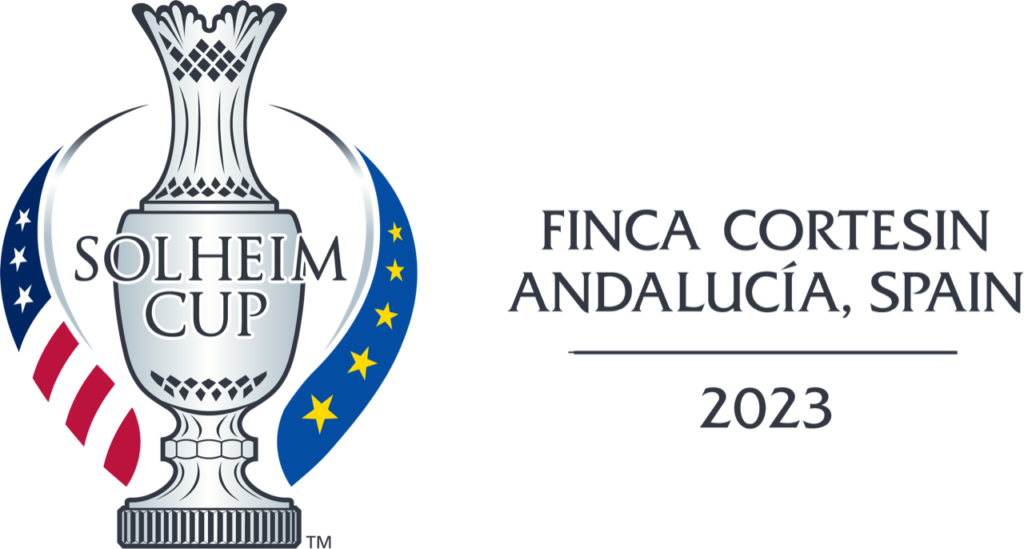Art, fashion, culture and tradition come together in this exclusive exhibition created by Fashion Art by Manuel Fernández, on the occasion of the Solheim Cup, which is being held for the first time in Spain, and specifically in Andalucia.
The exhibition was created with the aim of testifying to the power of fashion and art as tools for interculturalism and cooperation. Taking the bata de cola, one of the most significant symbols of flamenco and Andalucia, as a common thread, Manuel Fernández has designed 60 three-dimensional canvas costumes in which ruffles have been fused with the traditional costumes of the six continents and their cultural roots. Kimonos, chilabas, ponchos, ruanas, kikapus coexist with the characteristic flamenco dress. Artists from North America, Oceania, Asia, Europe, South America and Africa have been invited to create a new hybrid language between art and fashion.
Salvador Dalí and José Val del Omar were pioneers of video art, and although their contributions were significant, they focused especially on experimental cinema and other forms of artistic expression. As an artistic movement, video art really took off in the 1960s, with artists like Nam June Paik and Wolf Vostell.
Video art is a unique form of artistic expression based on video technology. It can be presented as previously recorded footage played on screens, installations in galleries or museums, projections in public spaces, and more. It frequently addresses social, political and cultural issues, and allows artists to explore how the visual and the auditory interact.
It is encouraging to know that Solheim Cup wants to promote video art, showing the work of over 30 artists on the big screen located at Andalucia Plaza at the Cortesin estate. This kind of visibility is key for this type of artistic expression, which often goes unnoticed, compared to other, more conventional, art forms.




©FASHION ARTSPORT 2023 · ALL RIGHTS RESERVED